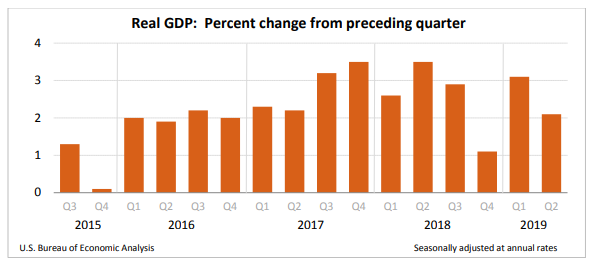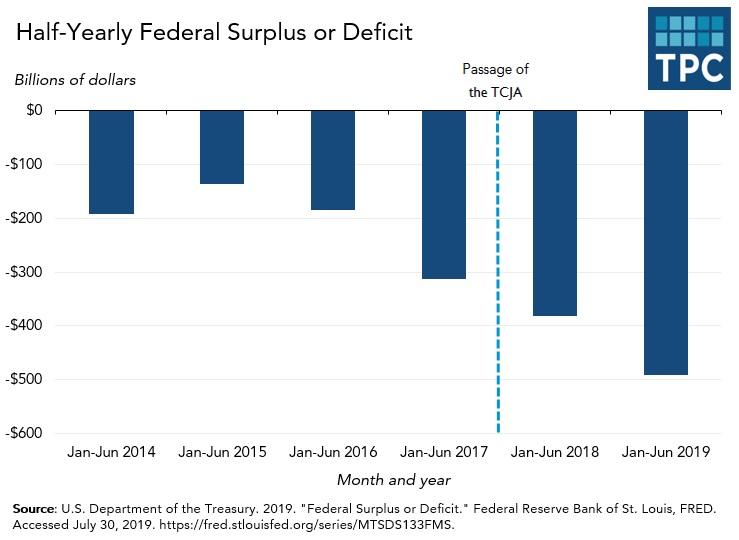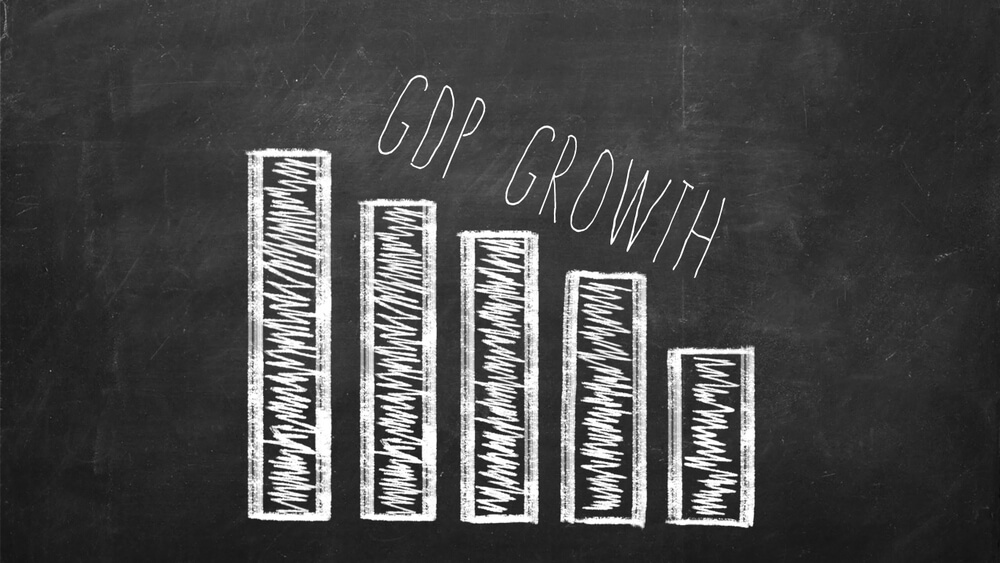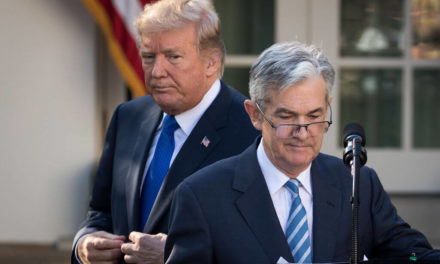The economic benefits of the Tax Cuts and Jobs Act have officially lost their steam and the economy has returned to pre-TCJA levels, according to the latest study based on quarterly gross domestic product figures by the Tax Policy Center.
The U.S. economy hit its stride in late 2017 as the TCJA was about to be pushed through by the Republican-controlled Congress and Republican president, but the rate of growth peaked during the second quarter of 2018 and has been on the decline ever since, the report notes. On July 26, the government released its latest figures, which showed that after adjusting for inflation, the economy grew at an annual rate of 2.1% during the second quarter, down from the first quarter’s 3.1%, which was surprisingly high.
The figure also was below the 2.3% annual average over the past decade.


Revised figures also showed the average GDP for 2018 fell from 3% to 2.6%. The Bureau of Economic Analysis (BEA) also reported that for the first time since 2016, business investment turned negative last quarter. A slowdown in businesses purchases of plant and equipment doesn’t mesh with President Donald Trump’s forecast of a long-term investment boom leading to annual wage increases of $4,000 or more.
The reason? Tariffs and trade wars, as U.S. exports fell by 5% during Q2 of 2019.
According to the report, consumer and government spending is largely responsible for propping up the economy. Consumer spending grew by 4.3% in the second quarter while government spending was 7.9%. The government spending bounce was due in large part to the reopening of the federal government after a record-long shutdown to start the year.
To make matters worse, the deficit has soared to $1 trillion this year and is only going to get worse after the Senate approved the new spending bill on Thursday, which, combined with the TJCA, is going to add more than $4.1 trillion to the federal debt by 2029, according to estimates by the Committee for a Responsible Federal Budget.

On the bright side, financial markets continue to remain strong with recent record highs in the Dow and S&P 500 (however, things have quickly gone south after Thursday’s announcement of more tariffs on Chinese imports). Employment also remains an economic bright spot at 50-year lows for unemployment.
The U.S. economy has created 172,000 a month on average in 2019 through the month of June, which is a strong number but far below the 223,000 jobs created on average in 2018.
Wages, up 3.9% during the month of June, also are on the rise after years of stagnation. Wages are up an average of 3.5% on the year.
Put all of the information together and what you see is that the TCJA, along with increased government spending, provided a big but short-lived boost to the economy. Lower interest rates and another burst in government spending could give the economy another jolt this year, but the effects of the TCJA have worn off, according to the Tax Policy Center.
The Tax Policy Center is a nonpartisan think tank based in Washington, D.C., “that aims to provide independent analyses of current and longer-term tax issues,” according to its website.
Editor’s note: Do you agree or disagree with this study’s findings, and why or why not? Share your thoughts below.




